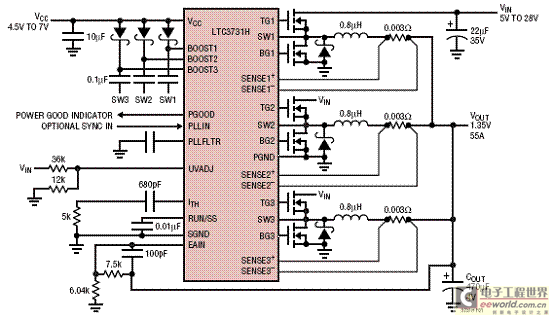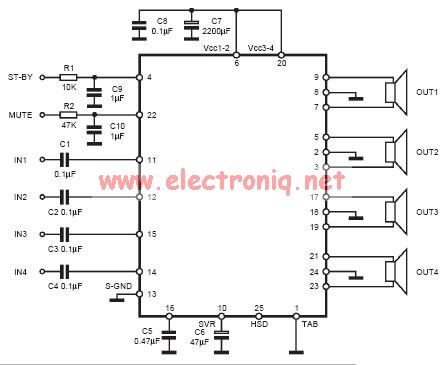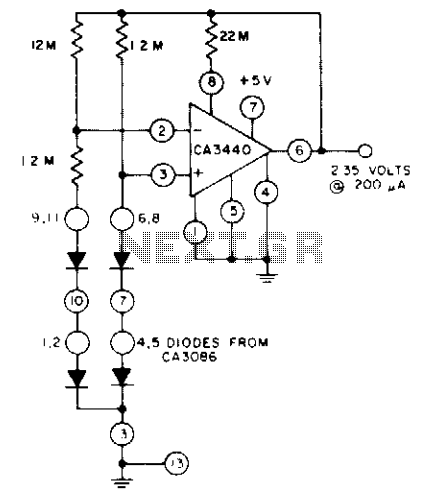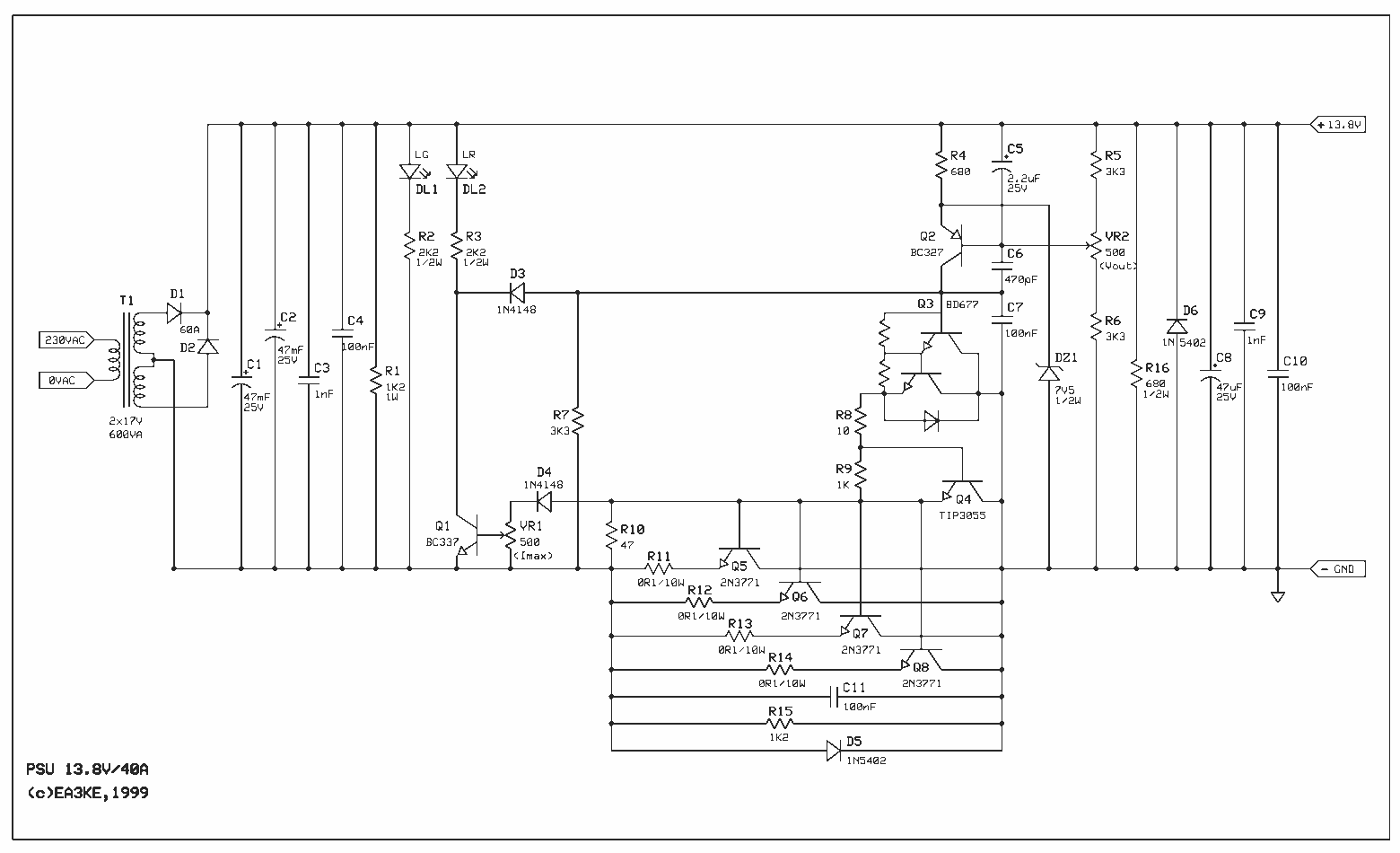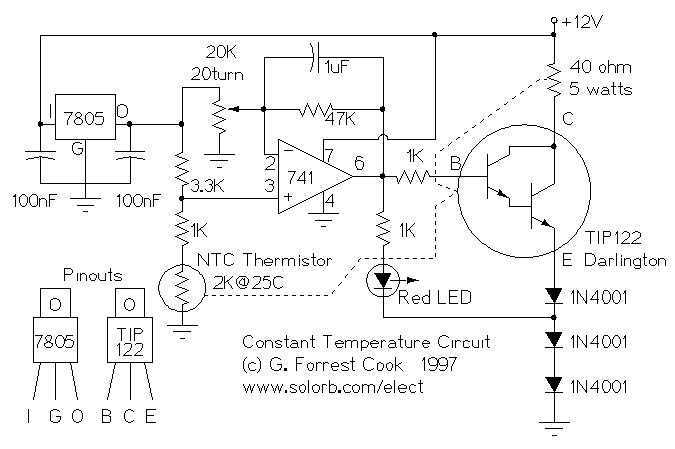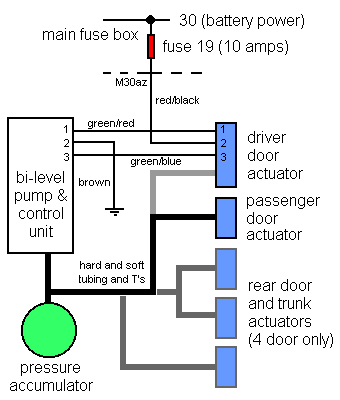
MINIATURE ISOLATED AC/DC POWER SUPPLY

Miniature isolated AC/DC power supply. This circuit employs a novel method to generate a fully isolated and regulated 5 volts at 30 mA from the 120 VAC power line. It utilizes two tiny SCRs that operate alternately.
The miniature isolated AC/DC power supply circuit is designed to convert standard 120 VAC into a regulated 5 V DC output while maintaining electrical isolation from the mains power source. This is achieved through a combination of semiconductor devices, primarily two silicon-controlled rectifiers (SCRs), which function in an alternating manner to manage the power conversion process.
The circuit begins with the input of 120 VAC, which is then fed into a transformer or an equivalent isolation mechanism that ensures safety and compliance with electrical standards. The transformer steps down the voltage if necessary and provides galvanic isolation between the high-voltage AC supply and the low-voltage DC output.
The SCRs are strategically placed within the circuit to control the flow of current. Each SCR is triggered alternately, allowing for the rectification of the AC signal into a pulsating DC voltage. This alternating operation is crucial as it ensures that both halves of the AC waveform are utilized, enhancing efficiency and minimizing power losses.
After rectification, the pulsating DC voltage is further processed through a filtering stage, typically consisting of capacitors and possibly inductors, to smooth the output. This filtering stage is essential for reducing ripple and delivering a steady 5 V DC output.
To maintain regulation at the output, additional components such as voltage regulators may be employed. These regulators ensure that variations in input voltage or load conditions do not affect the output voltage significantly, thereby providing a reliable power source for low-power applications.
The design of this power supply is particularly advantageous for compact electronic devices where space is limited, and the need for isolation from the AC mains is critical for safety and performance. Its miniature size and efficient design make it suitable for a variety of applications, including consumer electronics, sensors, and small-scale automation systems.MINIATURE ISOLATED AC/DC POWER SUPPLY. This circuit uses a novel approach to produce a fully isolated and regulated 5 volts @30ma from the 120vac power line. It uses two tiny SCRs that alternately. 🔗 External reference
The miniature isolated AC/DC power supply circuit is designed to convert standard 120 VAC into a regulated 5 V DC output while maintaining electrical isolation from the mains power source. This is achieved through a combination of semiconductor devices, primarily two silicon-controlled rectifiers (SCRs), which function in an alternating manner to manage the power conversion process.
The circuit begins with the input of 120 VAC, which is then fed into a transformer or an equivalent isolation mechanism that ensures safety and compliance with electrical standards. The transformer steps down the voltage if necessary and provides galvanic isolation between the high-voltage AC supply and the low-voltage DC output.
The SCRs are strategically placed within the circuit to control the flow of current. Each SCR is triggered alternately, allowing for the rectification of the AC signal into a pulsating DC voltage. This alternating operation is crucial as it ensures that both halves of the AC waveform are utilized, enhancing efficiency and minimizing power losses.
After rectification, the pulsating DC voltage is further processed through a filtering stage, typically consisting of capacitors and possibly inductors, to smooth the output. This filtering stage is essential for reducing ripple and delivering a steady 5 V DC output.
To maintain regulation at the output, additional components such as voltage regulators may be employed. These regulators ensure that variations in input voltage or load conditions do not affect the output voltage significantly, thereby providing a reliable power source for low-power applications.
The design of this power supply is particularly advantageous for compact electronic devices where space is limited, and the need for isolation from the AC mains is critical for safety and performance. Its miniature size and efficient design make it suitable for a variety of applications, including consumer electronics, sensors, and small-scale automation systems.MINIATURE ISOLATED AC/DC POWER SUPPLY. This circuit uses a novel approach to produce a fully isolated and regulated 5 volts @30ma from the 120vac power line. It uses two tiny SCRs that alternately. 🔗 External reference
